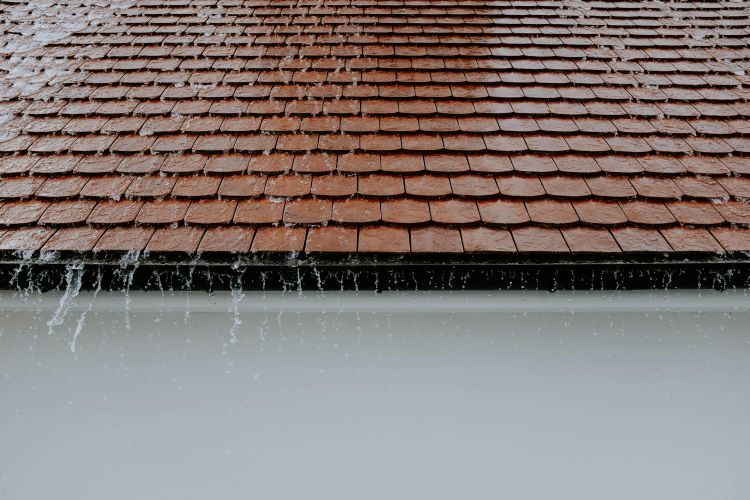Ever looked around your house and thought, “Okay, where do I even start?” You’re not alone. Maybe it’s the cracked tiles in the kitchen. Or the drafty windows in the bedroom. Or that one bathroom faucet that screams every time it turns on. The to-do list grows fast—and the urge to fix everything all at once is real.
But here’s the thing: trying to tackle every problem at once is a good way to run out of money, energy, and patience. Home updates work best when you know what matters most. And in today’s world of rising costs, long wait times, and TikTok trends that come and go, it’s more important than ever to prioritize well.
Fixing your home isn’t just about how it looks. It’s about how it works, how it feels, and how it holds up when life throws surprises your way. And right now, with more people spending time at home and the cost of materials still riding the waves of global supply chain drama, planning smart upgrades is no longer optional—it’s essential.
In this blog, we will share what to fix first when updating your home, how to think long-term, and which changes will protect your space and your wallet.
Start With the Things That Keep Water Out
Before you get excited about new counters or pretty paint, think about protection. What keeps the weather from ruining everything inside your home? The answer is simple: your roof.
Water damage is sneaky. You don’t always see the leak until it’s made its way into insulation, drywall, or flooring. And by then, it’s not just a roof issue—it’s a full-blown repair. That’s why your first call should be to a reliable roof installation company. They’ll know how to assess the health of your roof, check for hidden problems, and recommend solutions that last.
A solid roof protects your entire investment. It keeps mold out, energy bills down, and peace of mind intact. In a time when insurance policies are tightening and weather is getting more extreme, this isn’t a flashy update—it’s a foundational one.
Don’t wait until there’s a problem. If your roof is more than 15 years old, start asking questions now. Because nothing spoils a home update faster than having to tear it apart from the top down.
Next, Focus on What You Can’t See (But Will Definitely Feel)
Once your home is weatherproof, the next step is comfort. Not just the fuzzy blanket kind of comfort, but the practical kind—warm in the winter, cool in the summer, and no weird noises coming from behind the walls.
Old electrical systems, outdated plumbing, and weak insulation don’t grab attention, but they shape your everyday life. A home with bad wiring is more than annoying—it’s a safety risk. Pipes that clog or leak will drain your wallet over time. And if your insulation is a patchwork of 1980s leftovers, your HVAC system is probably working harder than it should.
Upgrading these systems doesn’t just make your house feel better—it makes it work better. You get fewer surprises, better energy use, and a home that can handle modern life. Think of it as setting the stage. All the stylish updates that follow will last longer and function smoother because you took care of what’s behind the scenes.
Don’t Skip the Stuff That Touches the Ground
Now we move from overhead to underfoot. Your floors do a lot of work, and in older homes, they tend to show it. Sagging joists, squeaky boards, uneven tiles—these are signs your floors are trying to tell you something.
Before replacing flooring for looks, make sure the structure below is solid. This is especially true if you’re planning on adding weight—like heavy tile, stone counters, or a kitchen island. Weak flooring will come back to haunt you.
Once that’s sorted, go ahead and pick finishes that match your lifestyle. Wood for warmth, tile for durability, vinyl for low-maintenance ease. The best floor is the one you don’t have to think about after it’s installed.
Upgrade What You Touch Every Day
There’s something satisfying about opening a drawer that slides smoothly. Or flipping a light switch that doesn’t spark. Or using a faucet that doesn’t drip. These are the updates that make a house feel like home.
Doors that close cleanly, locks that work, outlets in the right places—these aren’t big-ticket items, but they improve your daily life in quiet, consistent ways. This is also where you can personalize your space without breaking the bank. Swapping old hardware, lighting, and fixtures is a cost-effective way to modernize a room while staying in control of your budget.
And while you’re at it, take a look at your windows. Replacing old ones can boost energy efficiency and brighten your space. It’s an upgrade that does double duty: saving money and lifting your mood.
Fix Now, So You Don’t Pay Later
It’s tempting to focus on what’s fun: kitchen islands, walk-in showers, custom closets. But the best updates are the ones that prevent problems. Leaky basements. Cracked foundations. Wood rot. Pest entry points.
These aren’t glamorous projects, but they protect everything else. Walk around your home with a critical eye. Look for signs of moisture, gaps, or damage. Don’t ignore the slow drip under the sink or the loose railing on the stairs. These small issues grow fast—and fixing them early is always cheaper.
Also, take time to understand your home’s ventilation. Bathrooms, attics, and kitchens all need proper airflow. Poor ventilation leads to mold, stale air, and even structural damage over time. Adding a vent fan is a small job with a big payoff.
When to Save, When to Spend
Not every fix requires a big check. Some updates are simple enough to do yourself. Painting, caulking, weather-stripping, replacing light fixtures—these can be weekend projects that still make a difference.
But know when to call in pros. Structural work, electrical upgrades, plumbing changes, and anything involving the roof should be handled by licensed contractors. It’s not just about getting it done—it’s about getting it done right.
One more tip: don’t throw money at trendy upgrades just because everyone else is. Shiplap and bold backsplashes look great on Instagram, but if they don’t fit your home’s style or your needs, skip them. The best updates serve both form and function.
All in all, updating a home doesn’t have to mean gutting every room. The smartest fixes are the ones that protect your space, improve your comfort, and make everyday life smoother. Start with what matters most—what keeps your home dry, safe, and steady.
Once the foundation is strong, you can focus on the updates that bring joy, beauty, and personal style. But if you skip the basics? You’ll end up doing things twice.
So before you build the dream kitchen, make sure your house can support the dream. Fix the unseen, the unsung, and the unglamorous. That’s where real value lives.

